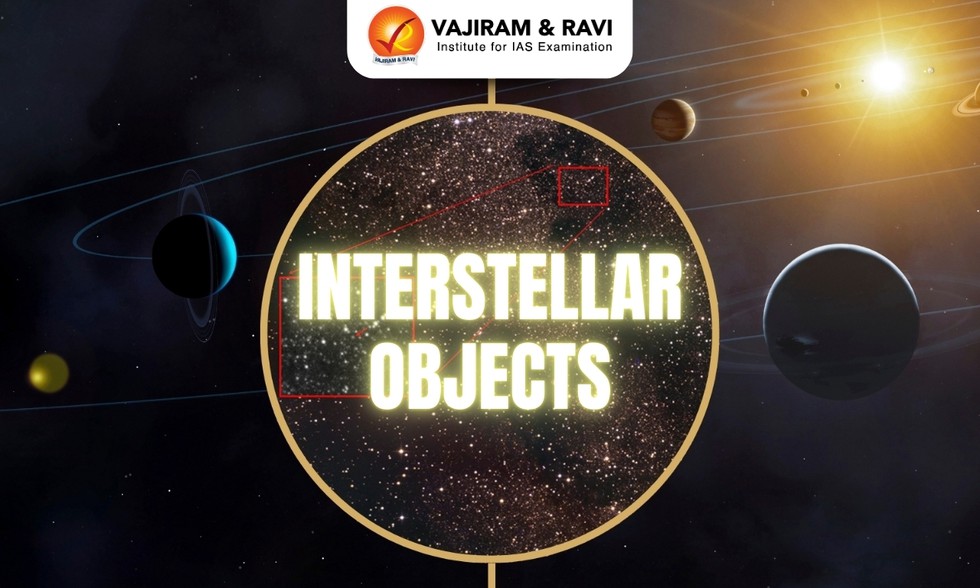About Interstellar Objects:
- Interstellar objects are celestial bodies that originate outside the solar system, and travel through it.
- These objects are not gravitationally bound to a star.
- They can come from other solar systems and be thrown into interstellar space (the area between the stars) due to collisions or be slingshotted by a planet’s or star’s gravity.
- 1I/ʻOumuamua(2017), 2I/Borisov (2019) and Comet 3I/Atlas are the recently known interstellar objects.
- Characteristics of Interstellar Objects:
- Origin: They originate from outside our solar system, often from other star systems or the interstellar medium.
- Hyperbolic Orbit: They basically move in an open-ended hyperbolic orbit, where there is a perihelion point but no aphelion.
- Speed: These objects move at such great speeds that the Sun’s gravitational pull is not able to slow them down enough during their outbound leg.
- Significance of Interstellar Objects:
- Insights into other star systems: Interstellar objects can provide clues about the formation and evolution of other star systems.
- Understanding planetary formation: They can help us understand how planets form and evolve in different environments.
